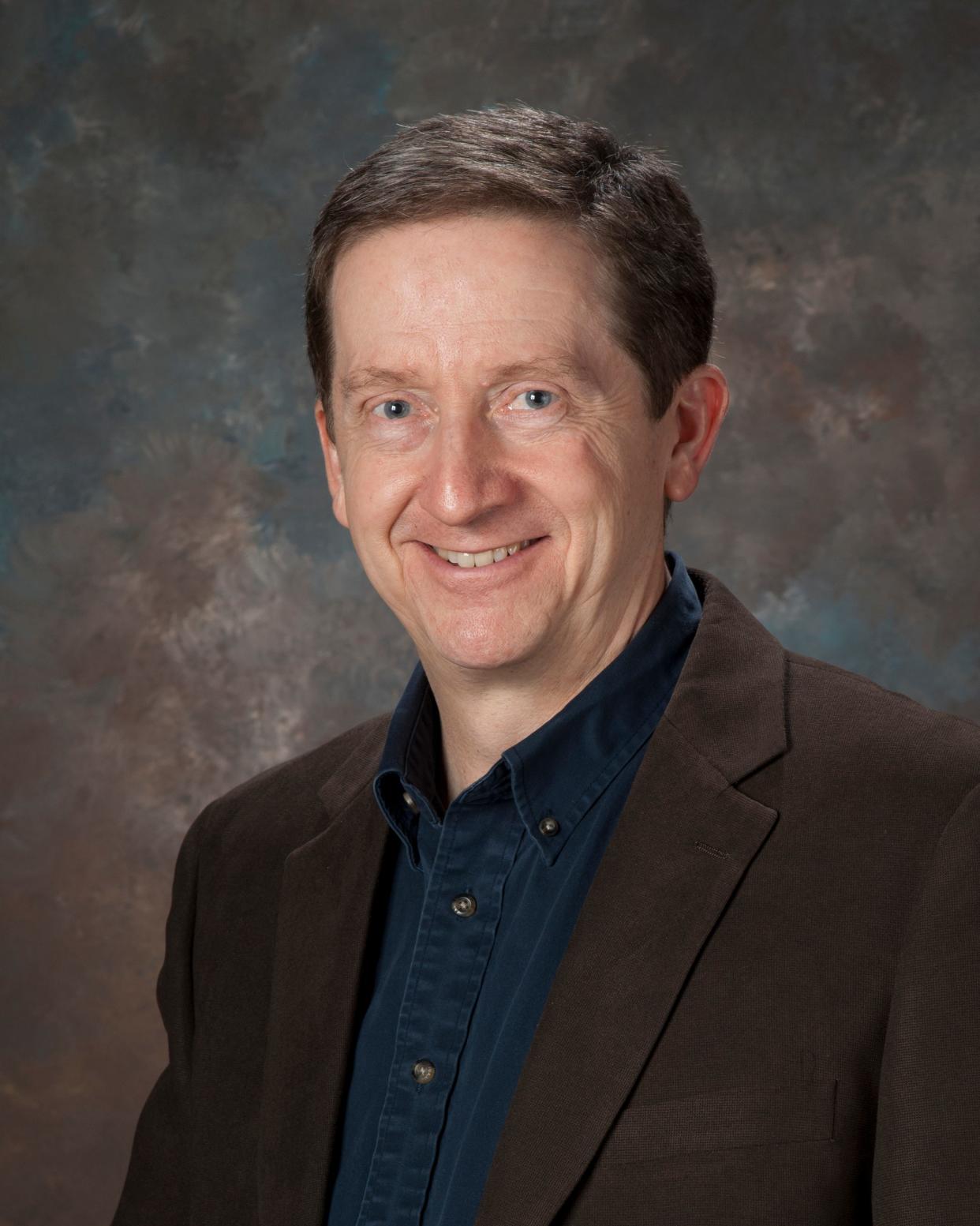Myths and misconceptions about Newark Earthworks damage achievement of Native Americans

The Newark Earthworks are incredible. Ephraim Squier and Edwin Davis, who were among the first archaeologists to study the earthworks, wrote that they were “so complicated that it is impossible to give anything like a comprehensible description of them.”
That incredibleness is a testament to the unique genius of the ancient American Indian designer of the earthworks; and to the hard work of the Indigenous men, women, and children who, with nothing more than pointed sticks and clamshell hoes, dug up more than seven million cubic feet of earth and carried it, one basket load at a time, to build Newark’s enormous and complicated conglomeration of earthworks.
That seemingly incomprehensible incredibleness has allowed generations of modern European Americans to attach a variety of myths to the bewildering ancient architecture. The most harmful of these myths are based on the supposed inability of ancient American Indians to have created such a wonder of the world because they were thought to have been "savages."
Early on, supposed scholars claimed the Lost Tribes of Israel or Phoenicians, or almost any of the ancient European, Asian, or African civilizations built America’s earthworks. Whether sincere or disingenuous, such claims were intended to show that American Indians were not the true inheritors of this legacy of incredibleness and therefore could justifiably be exterminated or forcibly removed to make way for a return of civilization to this green and pleasant land.
Similar claims are still being made, but they’ve become even more absurd, as if that were possible. Dubious television programs, YouTube videos, and webpages proclaim that the Moundbuilders actually were ancient aliens or a race of giants. There is, of course, no evidence for these fantasies, but they also are rooted in the assumption that the Indigenous people could not have created these marvelous earthworks.
In addition to these blatantly harmful myths that seek to rob American Indians of their heritage, there also are local myths that are more appropriately regarded as folklore. For example, some local people think of the earthworks as spooky, haunted places. This idea seems to be linked to the misconception that all Indian mounds are burial mounds. A related notion is that the mounds possess mysterious mystical powers. These claims may seem more benign, but in one documented case, presumably well-meaning folks vandalized Serpent Mound by digging into it and inserting foreign objects they claimed would realign energy fields, thereby bringing about a New Age of Aquarius or something similarly phantasmagorical.
As a final example, I have heard a couple of variations on the claim that the U.S. Army Corps of Engineers rebuilt the Octagon Earthworks after first blowing them up by using them for target practice for the artillery. It’s a ridiculous claim, but there is a tiny fragment of truth behind it.
The Ohio State Militia used the Octagon Earthworks as their summer encampment grounds from 1892 to 1908. During that time, they preserved and maintained the Octagon Earthworks meticulously restoring portions that had been damaged by plowing. They did have a rifle range at the site, but it was located down by Raccoon Creek —nowhere near the earthworks.
All of these myths and misconceptions have something in common. They all are attempts by various groups to appropriate the Newark Earthworks to advance their own agendas. Those agendas range from justifying the forced removal of American Indians from their Ohio homelands to promoting false claims for fun and profit. Some of these myths may seem innocent or at least innocuous, but they all do real damage to our collective understanding of the Newark Earthworks as an incredible achievement of Indigenous American Indians.
Brad Lepper is the senior archaeologist for Ohio History Connection’s World Heritage
This article originally appeared on The Columbus Dispatch: Myths and misconceptions damage understanding of Newark Earthworks

